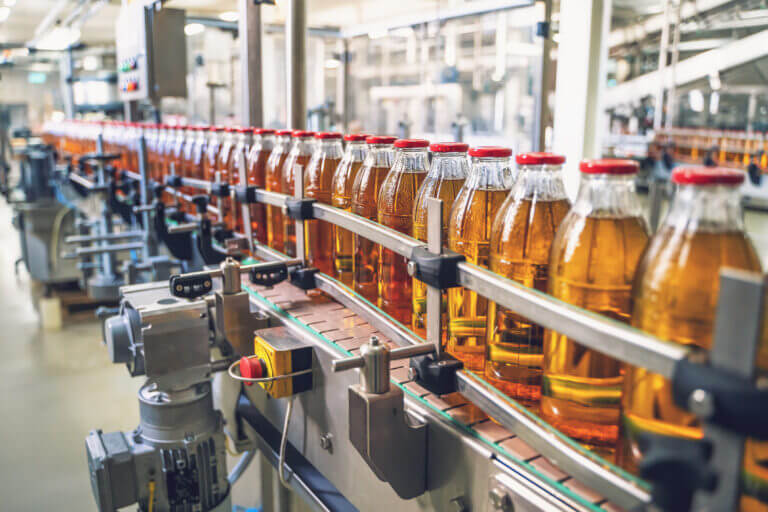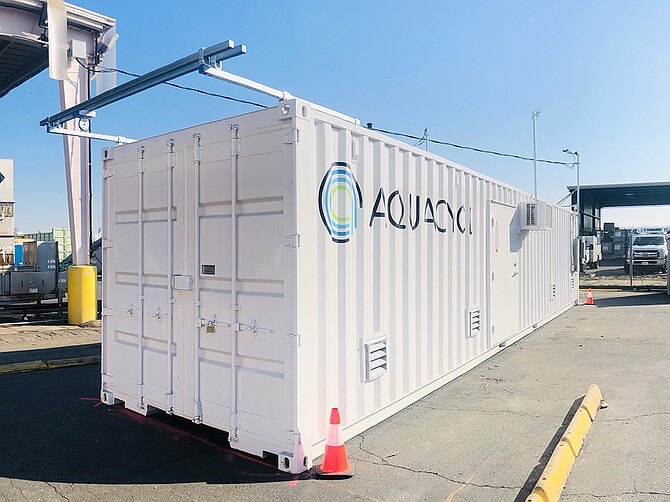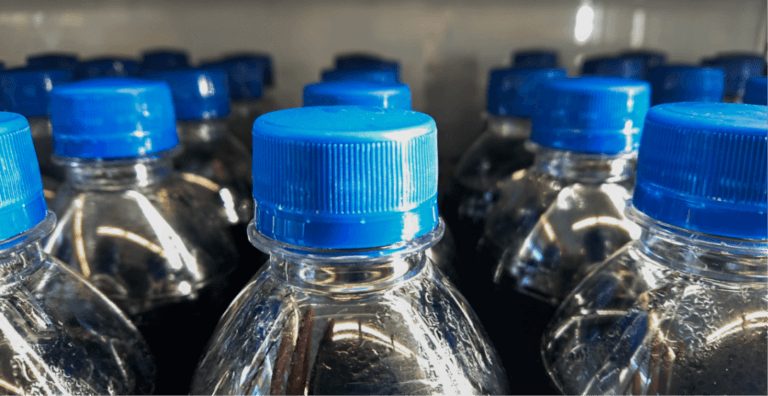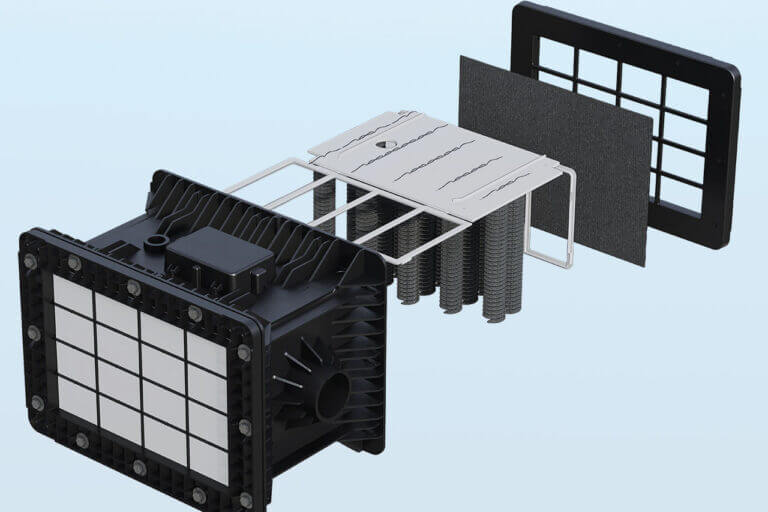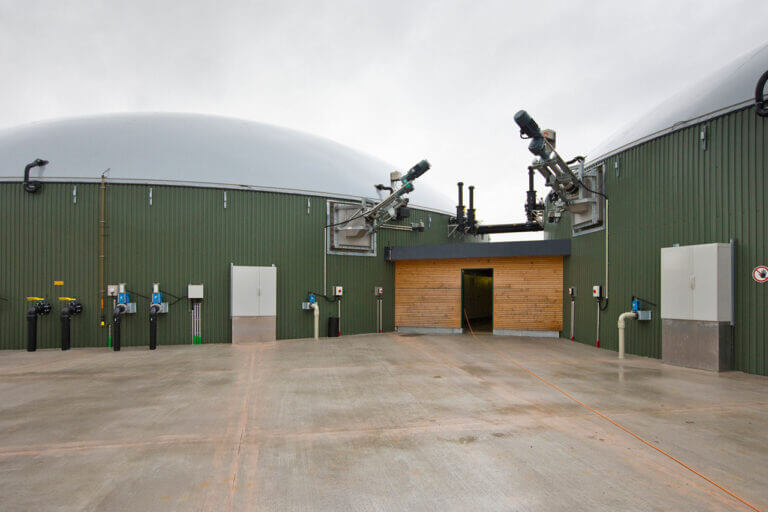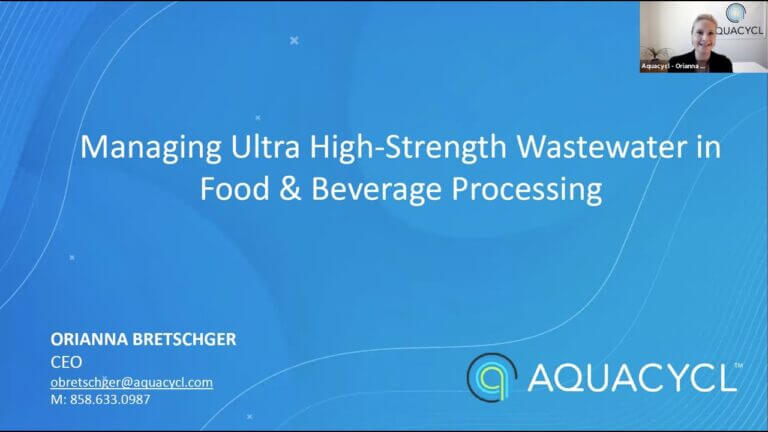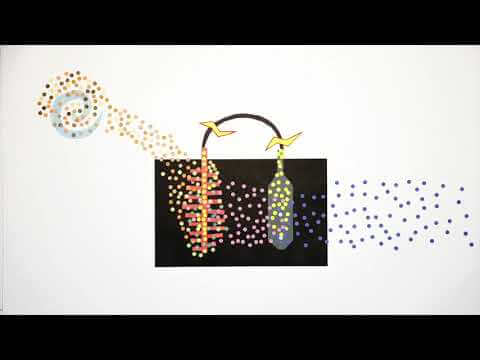Have you considered the waste your wastewater treatment may be producing? There are always byproducts to treatment, and some of these waste streams can be costly to manage. Post-treatment is the process of managing the byproducts resulting from different treatment methods to ensure compliant and cost-effective disposal of all the waste produced from your facility. In this blog, we’ll explore what post-treatment is, why it’s critical for facilities, and a new approach to addressing these byproducts.
What is wastewater post-treatment?
Post-treatment refers to the steps taken after wastewater has undergone biological or membrane-based primary, secondary, or tertiary treatment to manage residual byproducts—primarily sludge and total dissolved solids —and ensure compliance with discharge regulations.
Here we will focus on the biological residuals. All biologically based wastewater treatment processes generate sludge, a byproduct of bacterial growth as microorganisms consume organic pollutants in the water. There are two primary types of sludge:
- Waste Activated Sludge (WAS): Generated during aerobic processes, WAS consists of excess bacteria that grow in wastewater tanks with air and organic materials. Roughly 30% of the organic matter removed during aerobic methods will be converted into biomass.
- Digestate: Generated during anaerobic processes, digestate contains nutrient-rich biomass with a different microbial composition from WAS. Roughly 10% of the organic matter removed during anaerobic methods will be converted into biomass
As bacteria grow during the treatment of organic pollutants, some biomass is retained to maintain a stable bacterial colony for ongoing treatment. However, the excess must be removed, settled, dewatered, and disposed of—this is wastewater post-treatment.
Why is post-treatment necessary?
Post-treatment is essential to manage byproducts like sludge efficiently while meeting regulatory requirements. Without proper handling, these byproducts can lead to environmental, financial, and operational challenges.
As sustainability goals and stricter regulations, especially in regions like the EU, continue to evolve, post-treatment considerations become even more important to reduce industrial waste discharged into the environment. It ensures facilities can meet compliance standards while optimizing their wastewater management processes and costs.
The problem with traditional post-treatment
Unfortunately, the sludge produced from wastewater treatment systems cannot be disposed of as simply as throwing it in the trash.
During primary and secondary treatment, wastewater effluents typically entera settling tank to separate solids from liquids. This often requires chemical additives like flocculants and/or coagulants to aid in attracting particulates together and accelerate settling, introducing more chemicals into the process.
Once settled, the sludge may undergo a dewatering step to remove as much water from the solids as possible. This step is essential to reduce hauling costs, as hauling excess water adds unnecessary volume and weight. However, dewatering can be energy-intensive and contributes to other operational expenses.
After dewatering, the solids residuals from sludge can then be hauled off to be disposed of in permitted landfill, land application, or incineration, all of which produce greenhouse gas emissions as the sludge solids begin to break down. These processes not only increase your facility’s Scope 3 emissions but may also add significant costs and environmental burdens. And as land becomes more scarce, regulations and permits for landfill disposal or land application options are becoming limited.
If you can reduce the amount of sludge that has to be settled, dewatered and hauled, then you reduce the need for chemicals, energy, the number of trucks on the road, and you reduce the emissions generated from the breakdown of that sludge.
How can you reduce the sludge? With Aquacycl.
On-site post-treatment that saves more than just costs
Our wastewater treatment system, BETT®, can actually treat WAS and digestate before they are settled and dewatered..
The Aquacycl system will further break down the sludge, which is fed to the system as total suspended solids (TSS).
This minimizes the amount of total sludge that has to be dewatered and hauled, by up to 30-50%. That can be a massive savings depending on how your facility is operating, not just on cost, but energy and emissions as well.
The best part? Our systems generate virtually no sludge, so treating your wastewater byproducts with Aquacycl won’t add to the hassle of post-treatment.
As an industrial post-treatment solution, and even a municipal one, Aquacycl can provide you with some options beyond what you’re doing now to save some money – and reduce emissions.



